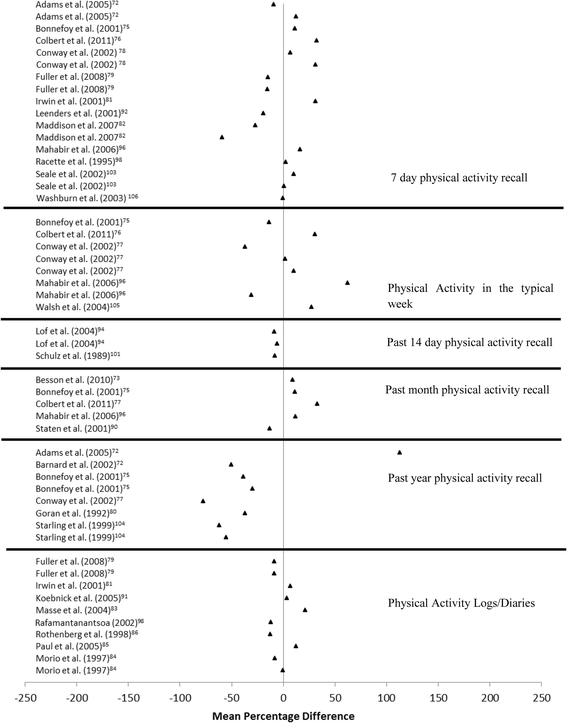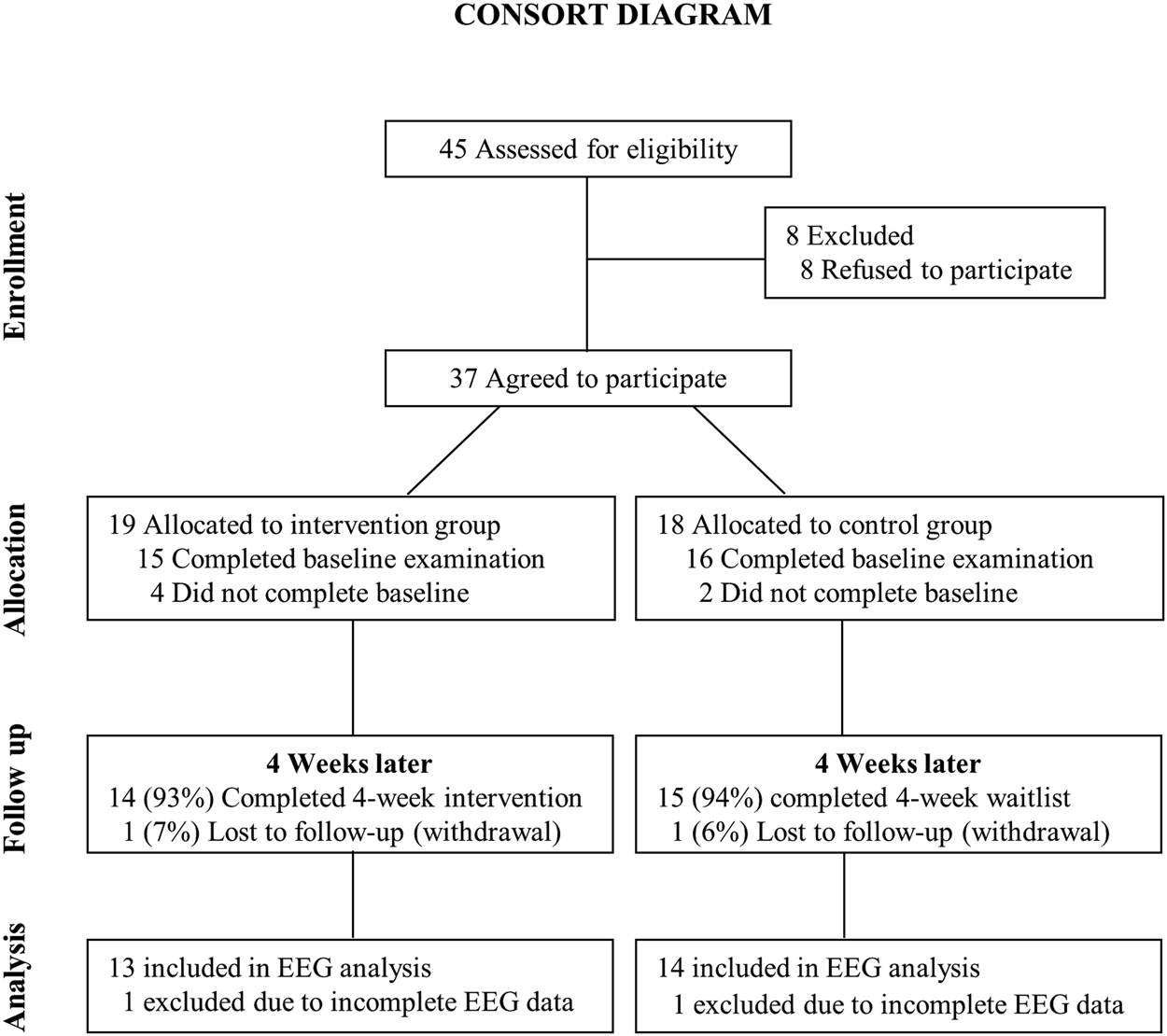
[ITEM]

 [/ITEM]
[/ITEM]


Sn Rk 202 14 2002 6,6/10 1632 votes
Structured interviews were conducted to examine retrospective accounts of lifetime tobacco use in 202 OLT recipients. Sixty percent of OLT recipients reported a.
INTRODUCTION In addition to their essential roles as substrates in carbon and energy metabolism and in polymer biosynthesis, sugars have important hormone-like functions as primary messengers in signal transduction. The pivotal role of sugars as signaling molecules is well illustrated by the variety of sugar sensing and signaling mechanisms discovered in free-living microorganisms such as bacteria and yeast (; ). For such unicellular organisms, nutrient availability is the main extracellular factor controlling growth and metabolism. The role of nutrients as regulatory molecules has come to be appreciated only recently in mammals despite extensive previous research on Glc homeostasis and diabetes (; ). In plants, sugar production through photosynthesis is a vital process, and sugar status modulates and coordinates internal regulators and environmental cues that govern growth and development (;; ). Although the regulatory effect of sugars on photosynthetic activity and plant metabolism has long been recognized, the concept of sugars as central signaling molecules is relatively novel. Recent progress has begun to reveal the molecular mechanisms underlying sugar sensing and signaling in plants, including the demonstration of hexokinase (HXK) as a Glc sensor that modulates gene expression and multiple plant hormone-signaling pathways (; ).
Analyses of HXK mutants will provide new evidence for distinct signaling and metabolic activities. Diverse roles of Snf1-related protein kinases (SnRKs) in carbon metabolism and sugar signaling also are emerging (; ). In addition, Suc, trehalose, and other HXK-independent sugar sensing and signaling pathways add more complexity in plants (;; ). Biochemical, molecular, and genetic experiments have supported a central role of sugars in the control of plant metabolism, growth, and development and have revealed interactions that integrate light, stress, and hormone signaling (;;;; ) and coordinate carbon and nitrogen metabolism (;; ). A number of reviews have appeared in the past few years emphasizing different aspects of sugar signaling and its interactions with other plant signal transduction pathways. In this review, the extent and impact of the sugar signaling network on plant life is illustrated. We explore diverse sugar responses, summarize biochemical and genetic evidence for different sugar sensing and signaling mechanisms, consider the extensive regulatory web that mediates sugar and hormone signaling, and suggest possible directions for future research.
While Cyanogen Mod 12 is already in, devices like Samsung Galaxy Ace S5830 shouldn’t feel dejected as for all those users who have already rooted can now update their devices with the latest version of CM 11 which ropes in the KitKat 4.4.2 Android OS. While Google still fixes the issues on the latest Android 5.0 firmware, till then one can install this new update in their devices. Jul 01, 2013 Pour seux qui ont tuer leur galaxy Ace il y a une solution c'est UNBRICK Lien Odin: http://www.4shared.com/zip/TdHOvd2G/Samsung_galaxy_ace_234S5830XXK.html?. 

Metabolism Photosynthesis is active primarily in mature leaf mesophyll cells, and photosynthate is transported, primarily as Suc, to meristems and developing organs such as growing young leaves, roots, flowers, fruit, and seed. Light and sugars regulate these growth activities by a coordinated modulation of gene expression and enzyme activities in both carbohydrate-exporting (source) and carbohydrate-importing (sink) tissues (). This ensures optimal synthesis and use of carbon and energy resources and allows for the adaptation of carbon metabolism to changing environmental conditions and to the availability of other nutrients (;;; ). In general, low sugar status enhances photosynthesis, reserve mobilization, and export, whereas the abundant presence of sugars promotes growth and carbohydrate storage () (). The circadian clock can play an important role in carbon partitioning and allocation (). Several photosynthetic genes, for example, peak in expression near the middle of the day, whereas a number of genes involved in sugar consumption, transport, and storage peak near the end of the day. During the night, genes involved in starch mobilization reach their highest expression levels ().
- Author: admin
- Category: Category
Search
Blog
- Adobe Acrobat Xi Pro 1100 Full Crack
- Download Architectural Portfolio Pdf Examples
- How To Think Logically 2nd Edition Pdf
- 100 Feet Full Movie Free Download In Hindi
- Download Anime Vampire Knight Guilty Season 1 Sub Indo
- Download Wallem Marpol Compliance Program
- Gramota S Prikolami Kollege Pro Rabotu
- Propisi Dlya Korrekcii Pocherka
- Garmin Trip Waypoint Manager 50 Download Free
- H Gfortune Aset 2121 V13 Vsti Mythospheric Space Synthesizer Pro Nogrp
- Apl1084 Datasheet Na Russkom

Sn Rk 202 14 2002 6,6/10 1632 votes
Structured interviews were conducted to examine retrospective accounts of lifetime tobacco use in 202 OLT recipients. Sixty percent of OLT recipients reported a.
INTRODUCTION In addition to their essential roles as substrates in carbon and energy metabolism and in polymer biosynthesis, sugars have important hormone-like functions as primary messengers in signal transduction. The pivotal role of sugars as signaling molecules is well illustrated by the variety of sugar sensing and signaling mechanisms discovered in free-living microorganisms such as bacteria and yeast (; ). For such unicellular organisms, nutrient availability is the main extracellular factor controlling growth and metabolism. The role of nutrients as regulatory molecules has come to be appreciated only recently in mammals despite extensive previous research on Glc homeostasis and diabetes (; ). In plants, sugar production through photosynthesis is a vital process, and sugar status modulates and coordinates internal regulators and environmental cues that govern growth and development (;; ). Although the regulatory effect of sugars on photosynthetic activity and plant metabolism has long been recognized, the concept of sugars as central signaling molecules is relatively novel. Recent progress has begun to reveal the molecular mechanisms underlying sugar sensing and signaling in plants, including the demonstration of hexokinase (HXK) as a Glc sensor that modulates gene expression and multiple plant hormone-signaling pathways (; ).
Analyses of HXK mutants will provide new evidence for distinct signaling and metabolic activities. Diverse roles of Snf1-related protein kinases (SnRKs) in carbon metabolism and sugar signaling also are emerging (; ). In addition, Suc, trehalose, and other HXK-independent sugar sensing and signaling pathways add more complexity in plants (;; ). Biochemical, molecular, and genetic experiments have supported a central role of sugars in the control of plant metabolism, growth, and development and have revealed interactions that integrate light, stress, and hormone signaling (;;;; ) and coordinate carbon and nitrogen metabolism (;; ). A number of reviews have appeared in the past few years emphasizing different aspects of sugar signaling and its interactions with other plant signal transduction pathways. In this review, the extent and impact of the sugar signaling network on plant life is illustrated. We explore diverse sugar responses, summarize biochemical and genetic evidence for different sugar sensing and signaling mechanisms, consider the extensive regulatory web that mediates sugar and hormone signaling, and suggest possible directions for future research.
While Cyanogen Mod 12 is already in, devices like Samsung Galaxy Ace S5830 shouldn’t feel dejected as for all those users who have already rooted can now update their devices with the latest version of CM 11 which ropes in the KitKat 4.4.2 Android OS. While Google still fixes the issues on the latest Android 5.0 firmware, till then one can install this new update in their devices. Jul 01, 2013 Pour seux qui ont tuer leur galaxy Ace il y a une solution c'est UNBRICK Lien Odin: http://www.4shared.com/zip/TdHOvd2G/Samsung_galaxy_ace_234S5830XXK.html?. 

Metabolism Photosynthesis is active primarily in mature leaf mesophyll cells, and photosynthate is transported, primarily as Suc, to meristems and developing organs such as growing young leaves, roots, flowers, fruit, and seed. Light and sugars regulate these growth activities by a coordinated modulation of gene expression and enzyme activities in both carbohydrate-exporting (source) and carbohydrate-importing (sink) tissues (). This ensures optimal synthesis and use of carbon and energy resources and allows for the adaptation of carbon metabolism to changing environmental conditions and to the availability of other nutrients (;;; ). In general, low sugar status enhances photosynthesis, reserve mobilization, and export, whereas the abundant presence of sugars promotes growth and carbohydrate storage () (). The circadian clock can play an important role in carbon partitioning and allocation (). Several photosynthetic genes, for example, peak in expression near the middle of the day, whereas a number of genes involved in sugar consumption, transport, and storage peak near the end of the day. During the night, genes involved in starch mobilization reach their highest expression levels ().
Search
Blog
- Adobe Acrobat Xi Pro 1100 Full Crack
- Download Architectural Portfolio Pdf Examples
- How To Think Logically 2nd Edition Pdf
- 100 Feet Full Movie Free Download In Hindi
- Download Anime Vampire Knight Guilty Season 1 Sub Indo
- Download Wallem Marpol Compliance Program
- Gramota S Prikolami Kollege Pro Rabotu
- Propisi Dlya Korrekcii Pocherka
- Garmin Trip Waypoint Manager 50 Download Free
- H Gfortune Aset 2121 V13 Vsti Mythospheric Space Synthesizer Pro Nogrp
- Apl1084 Datasheet Na Russkom